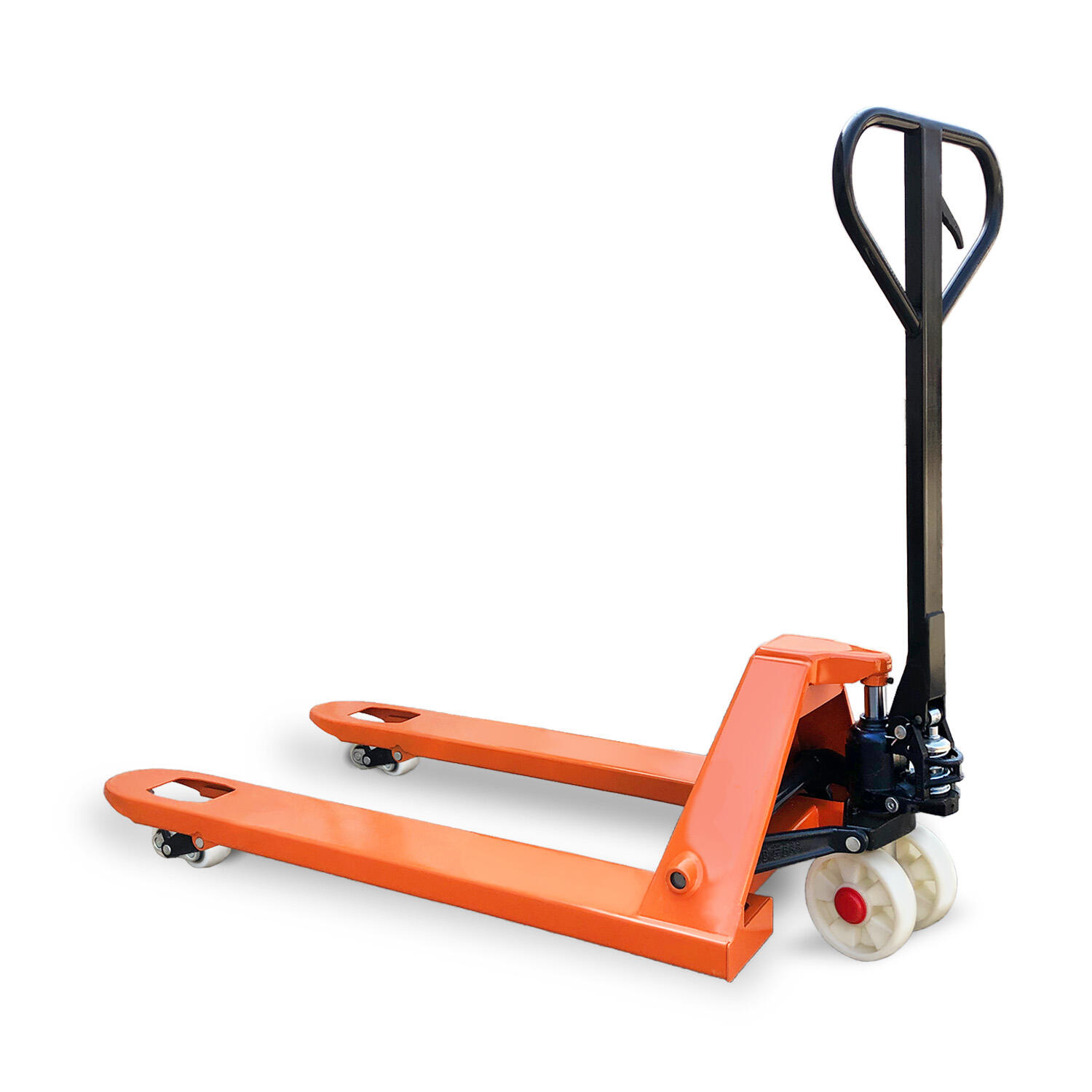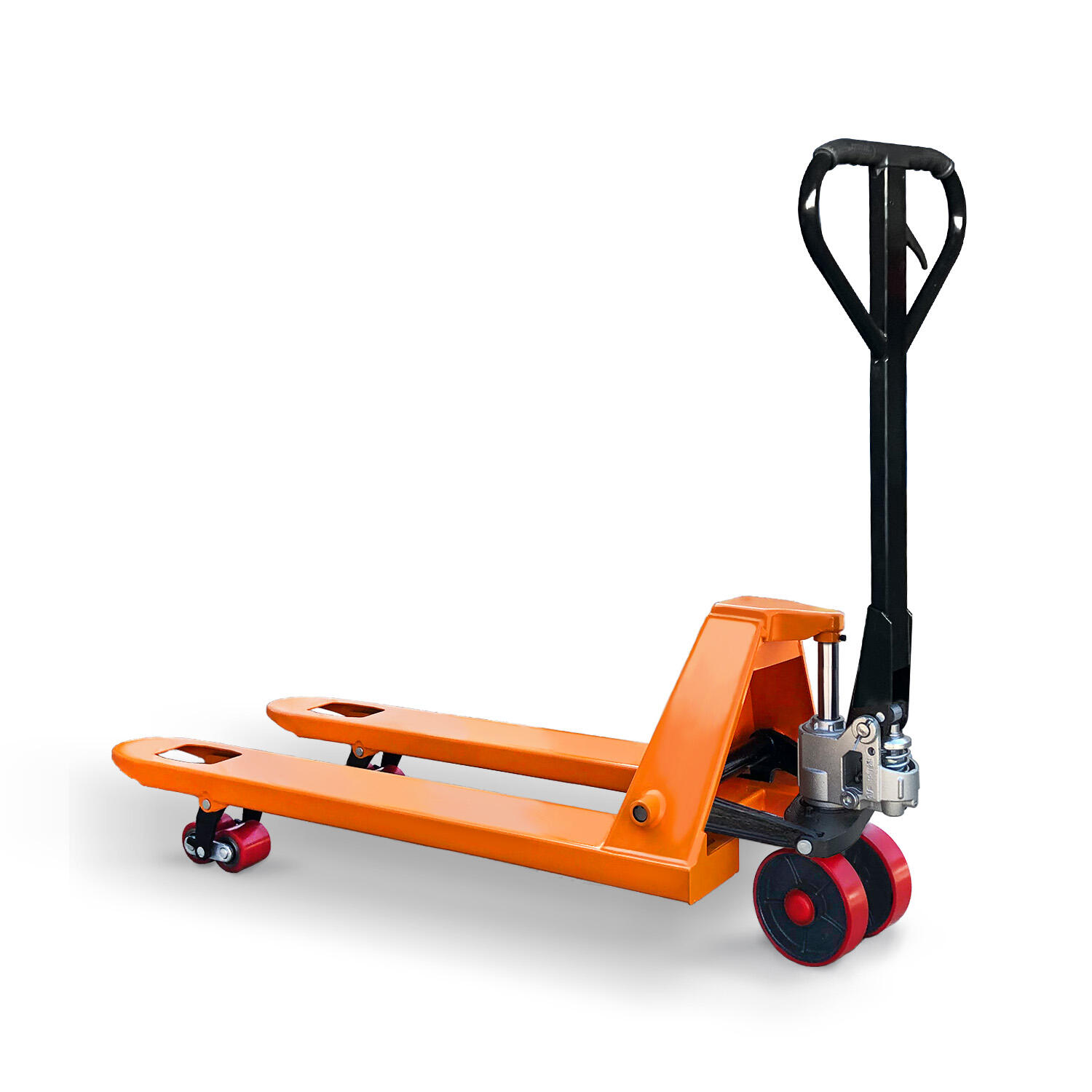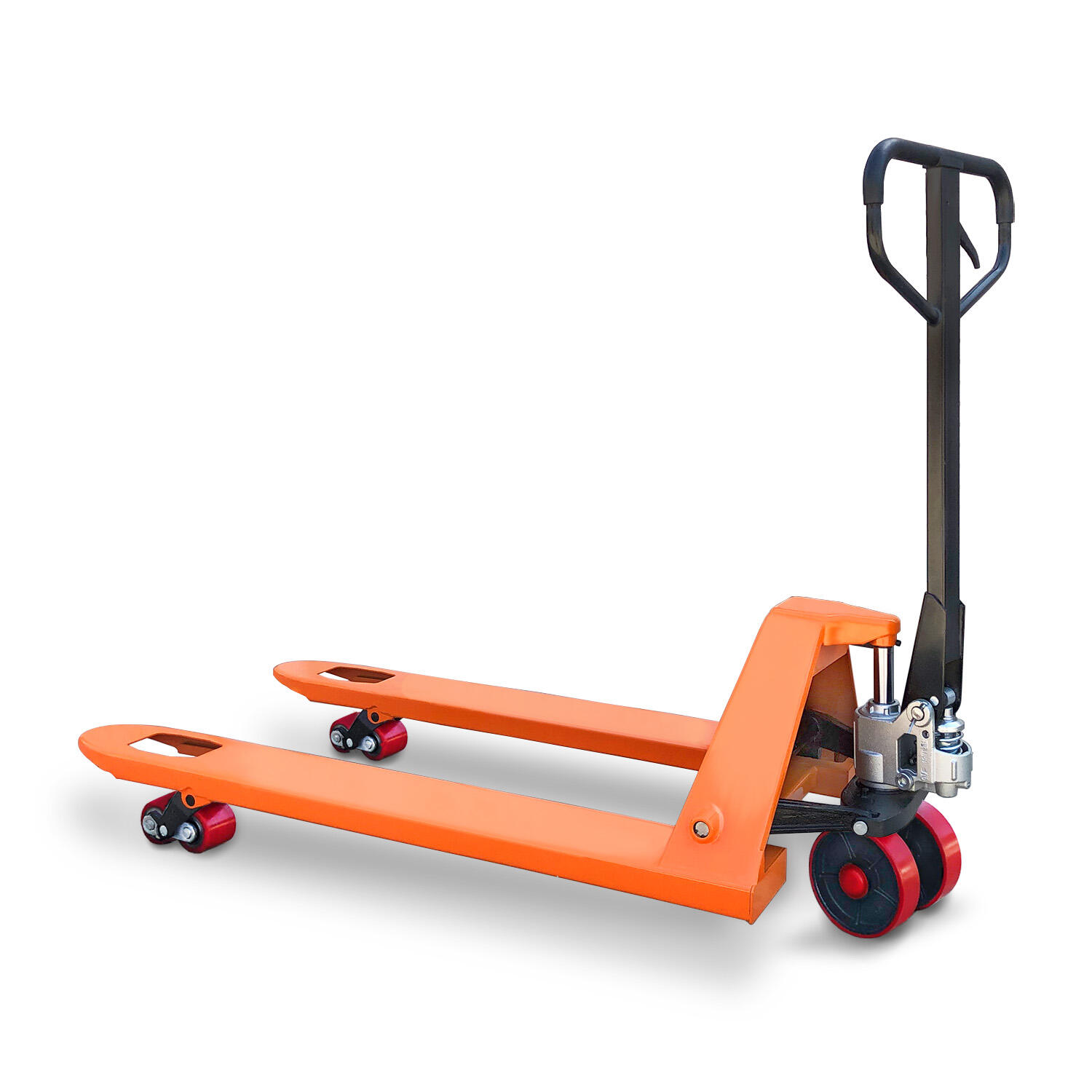A pallet jack user manual is an indispensable resource for anyone operating a pallet jack, whether they are new to the equipment or experienced users. It serves as a comprehensive guide that outlines the proper procedures for safe and efficient operation, maintenance, troubleshooting, and storage of the pallet jack. Designed to be accessible and easy to follow, a well-structured user manual provides step-by-step instructions, diagrams, and important safety warnings to ensure that operators can use the equipment correctly, minimizing the risk of accidents and equipment damage. One of the primary sections in a pallet jack user manual is the safety guidelines. This section emphasizes the importance of wearing appropriate personal protective equipment (PPE) such as safety shoes, gloves, and eye protection when operating the pallet jack. It also highlights potential hazards, including overloading, improper lifting, and unstable loads, and provides clear instructions on how to avoid these risks. For example, it may specify the maximum load capacity of the pallet jack and stress the importance of never exceeding this limit, as overloading can lead to structural failure and serious injuries. Additionally, the manual may include warnings about operating the pallet jack on uneven surfaces, slopes, or wet floors, and offer advice on how to navigate these conditions safely. The operation section of a pallet jack user manual is detailed and easy to understand, catering to users with varying levels of experience. It begins with instructions on how to inspect the pallet jack before use, including checking the hydraulic fluid levels, ensuring the wheels are in good condition, and verifying that all moving parts are functioning properly. This pre-operation check is crucial for identifying any potential issues that could affect the performance or safety of the equipment. The manual then guides the user through the process of positioning the pallet jack forks under a pallet, adjusting the forks to fit the pallet width, and using the handle to lift the load. It explains the correct technique for pumping the handle to raise the pallet, as well as how to lower the load slowly and safely using the release valve. Maneuvering the pallet jack is another key topic covered in the user manual. It provides tips on how to steer the equipment, including making turns, navigating narrow aisles, and stopping smoothly. It may also include advice on how to handle obstacles, such as other pallets or equipment, and how to maintain control of the load when moving at different speeds. For electric pallet jacks, the manual would include additional instructions on battery charging, power controls, and emergency stop procedures, ensuring that operators understand how to use the electrical components safely. Maintenance instructions are a vital part of a pallet jack user manual, as regular upkeep is essential for extending the lifespan of the equipment and ensuring consistent performance. The manual outlines a maintenance schedule, including daily, weekly, and monthly tasks. Daily maintenance may involve cleaning the pallet jack to remove dirt and debris, checking for leaks in the hydraulic system, and inspecting the wheels and forks for signs of wear. Weekly tasks could include lubricating moving parts such as the pivot points and wheel bearings, while monthly maintenance might involve checking the hydraulic fluid levels and replacing the fluid if necessary. The manual also provides guidance on how to perform basic repairs, such as replacing worn wheels or fixing minor hydraulic leaks, and when to seek professional service for more complex issues. Troubleshooting is another important section in a pallet jack user manual. It lists common problems that operators may encounter, such as the pallet jack failing to lift, the load lowering too quickly, or the wheels not moving smoothly, and offers step-by-step solutions to resolve these issues. For example, if the pallet jack is unable to lift a load, the manual may suggest checking for hydraulic fluid leaks, ensuring the release valve is closed properly, or inspecting for damaged seals. By providing these troubleshooting tips, the manual empowers operators to address minor problems quickly, reducing downtime and the need for costly repairs. Storage instructions are also included in the pallet jack user manual, as proper storage helps prevent damage to the equipment when it is not in use. The manual may recommend storing the pallet jack in a dry, clean area away from extreme temperatures and moisture to prevent rust and corrosion. It may also suggest lowering the forks to the lowest position and engaging the parking brake to keep the equipment stable during storage. For electric pallet jacks, the manual may provide specific instructions on storing the battery, such as keeping it charged to a certain level to maintain battery life. In addition to these practical sections, a pallet jack user manual often includes technical specifications, such as the dimensions of the pallet jack, the weight of the equipment, the lifting range, and the maximum load capacity. This information is useful for operators and supervisors when determining if the pallet jack is suitable for a particular task or environment. It may also include contact information for the manufacturer or customer service, allowing users to seek additional support or request replacement parts if needed. Overall, a pallet jack user manual is more than just a document; it is a critical tool that promotes safety, efficiency, and longevity of the equipment. By following the guidelines outlined in the manual, operators can ensure that they are using the pallet jack correctly, reducing the risk of accidents and injuries, and maximizing the performance of the equipment. Whether it is a manual or electric pallet jack, the user manual is an essential resource that should be readily available to all operators, providing them with the knowledge and confidence to handle the equipment safely and effectively.


